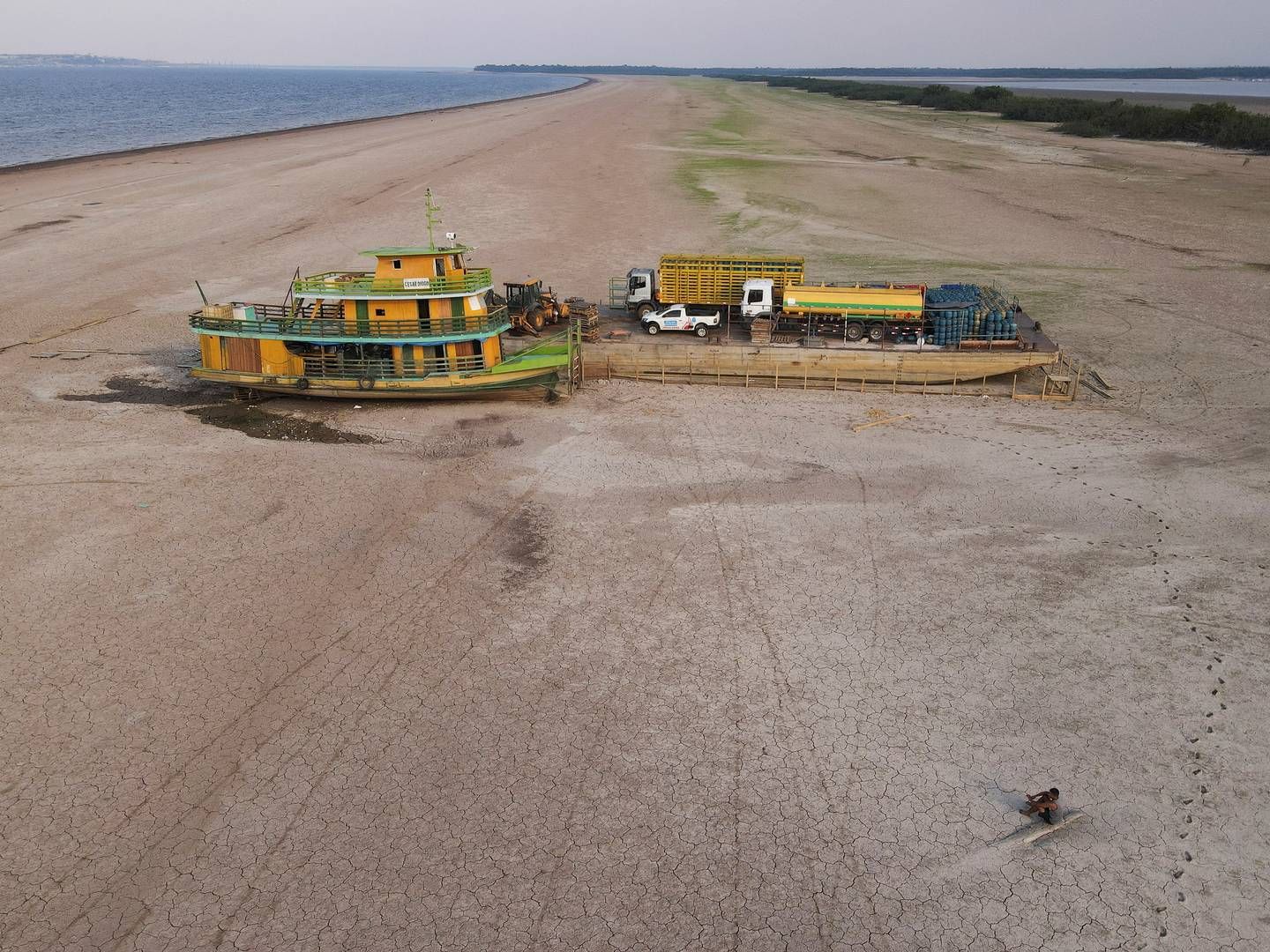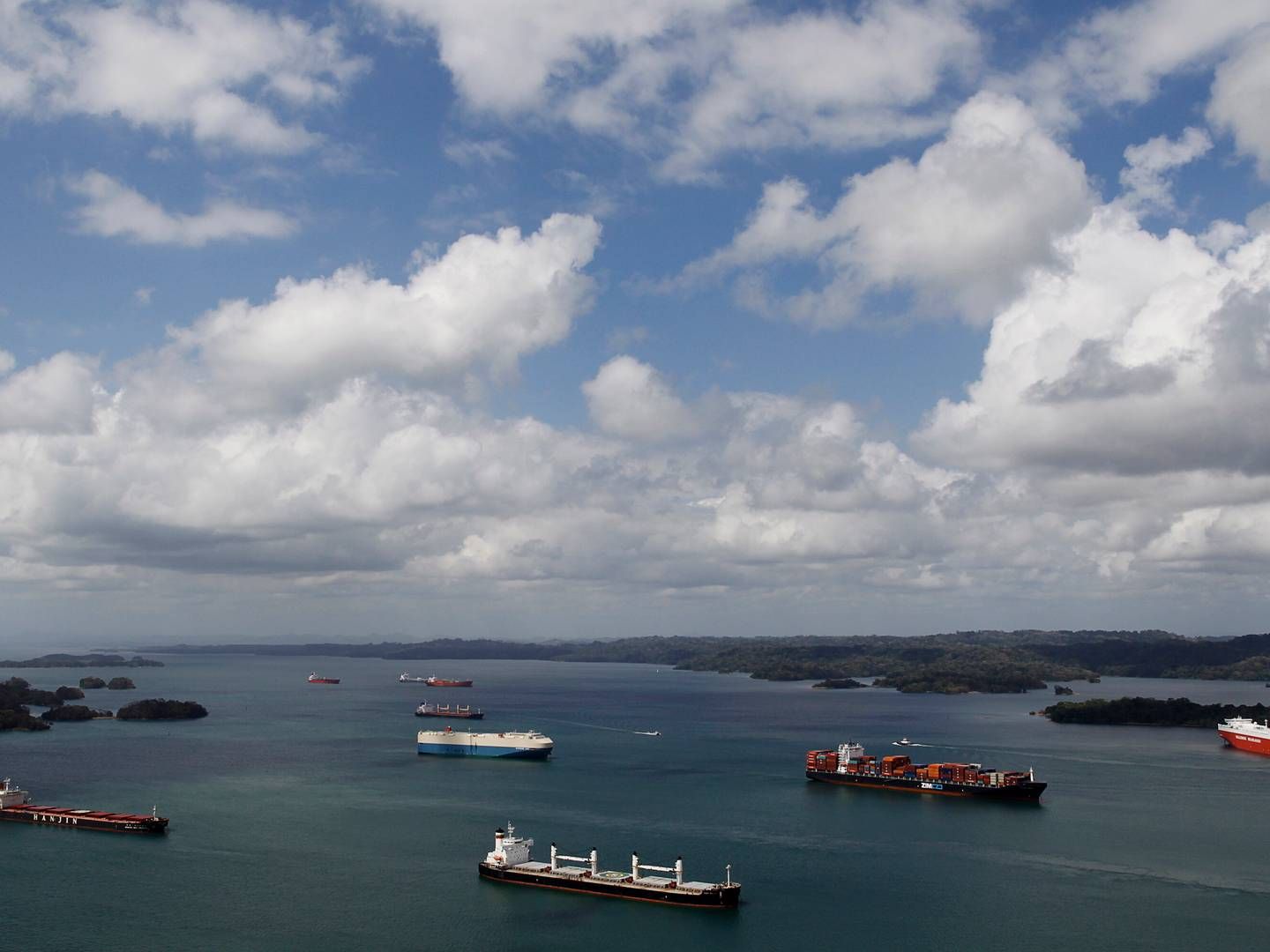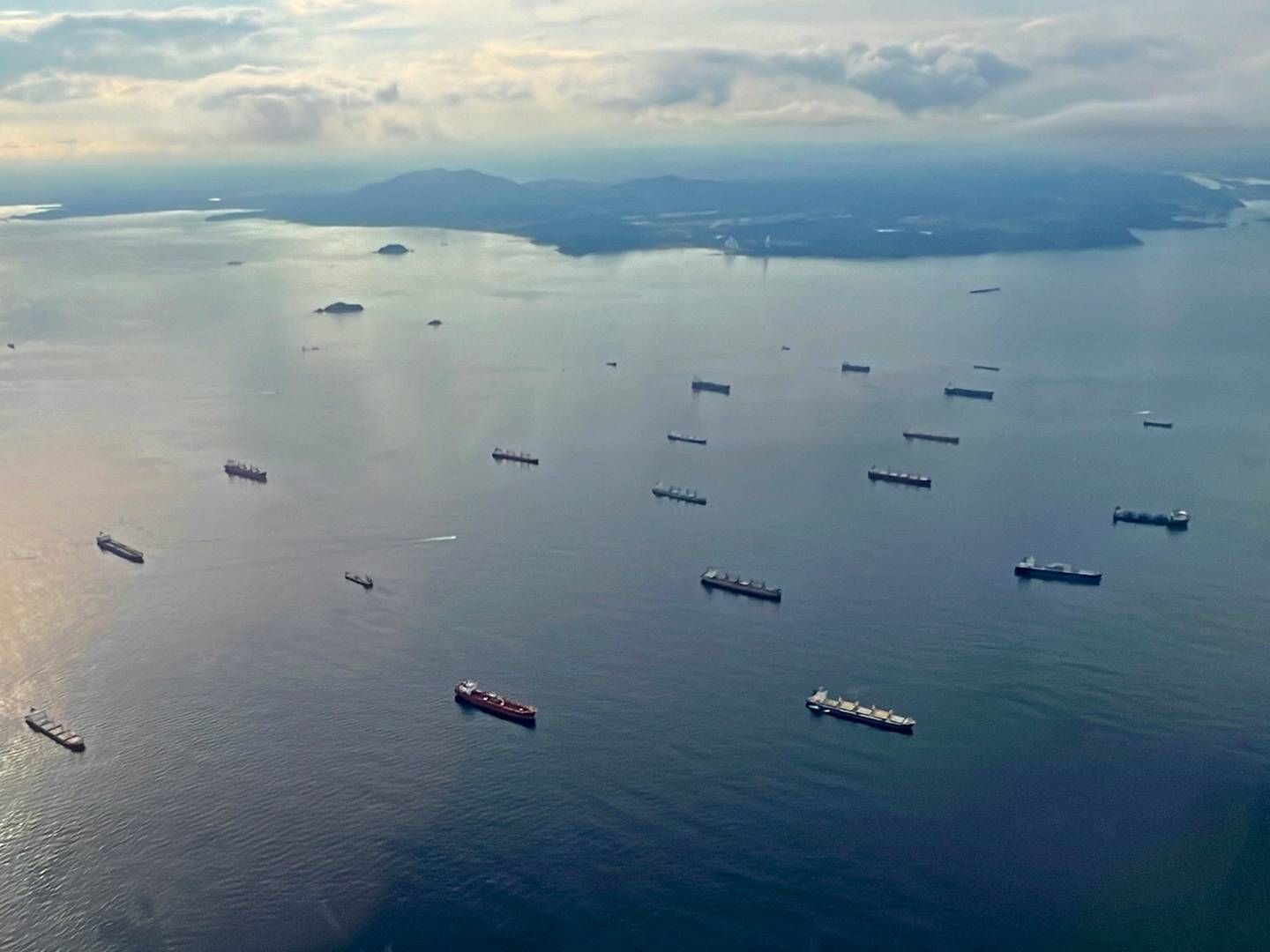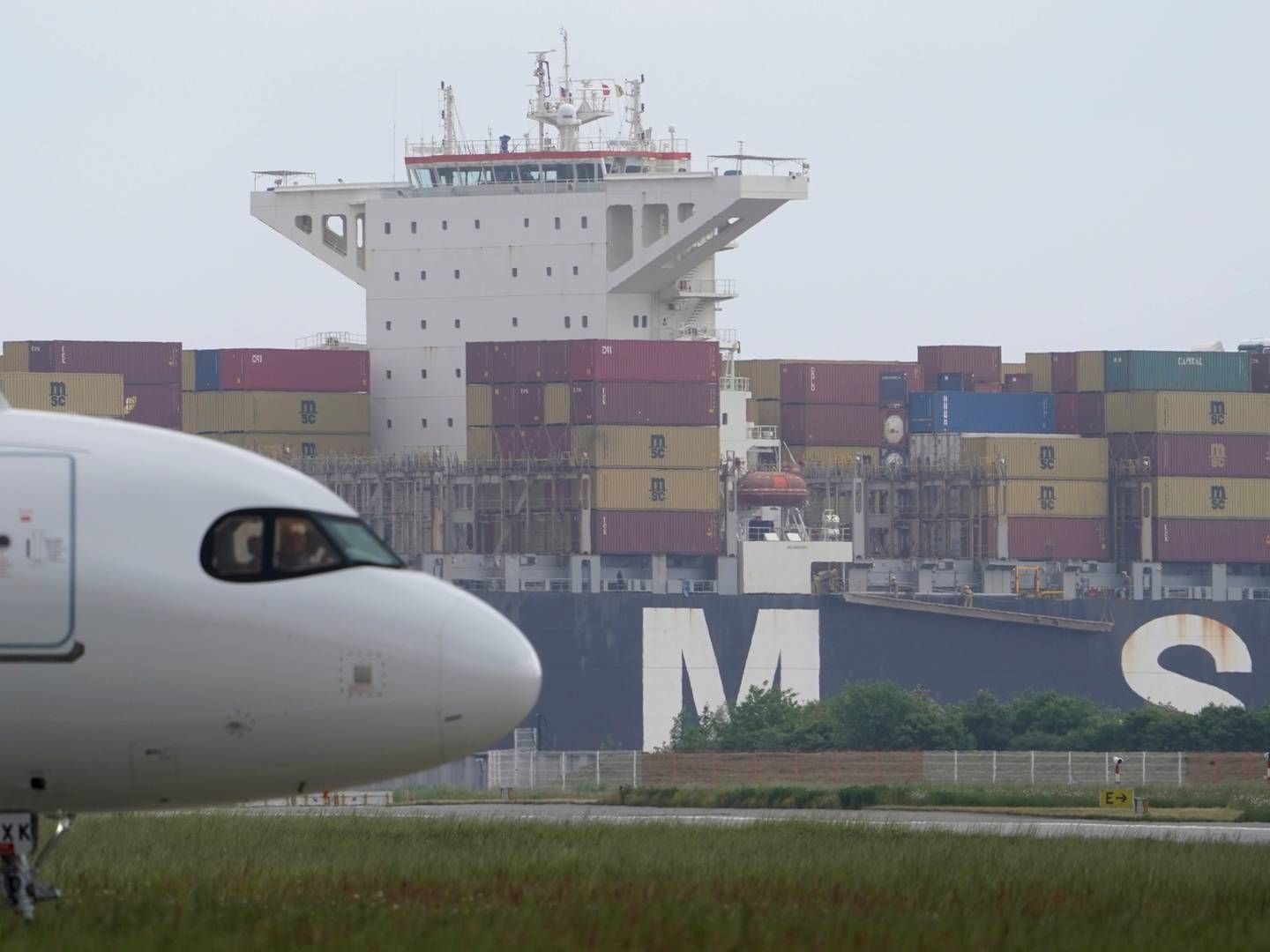Mexico wants to lure containers away from Panama Canal with rail line
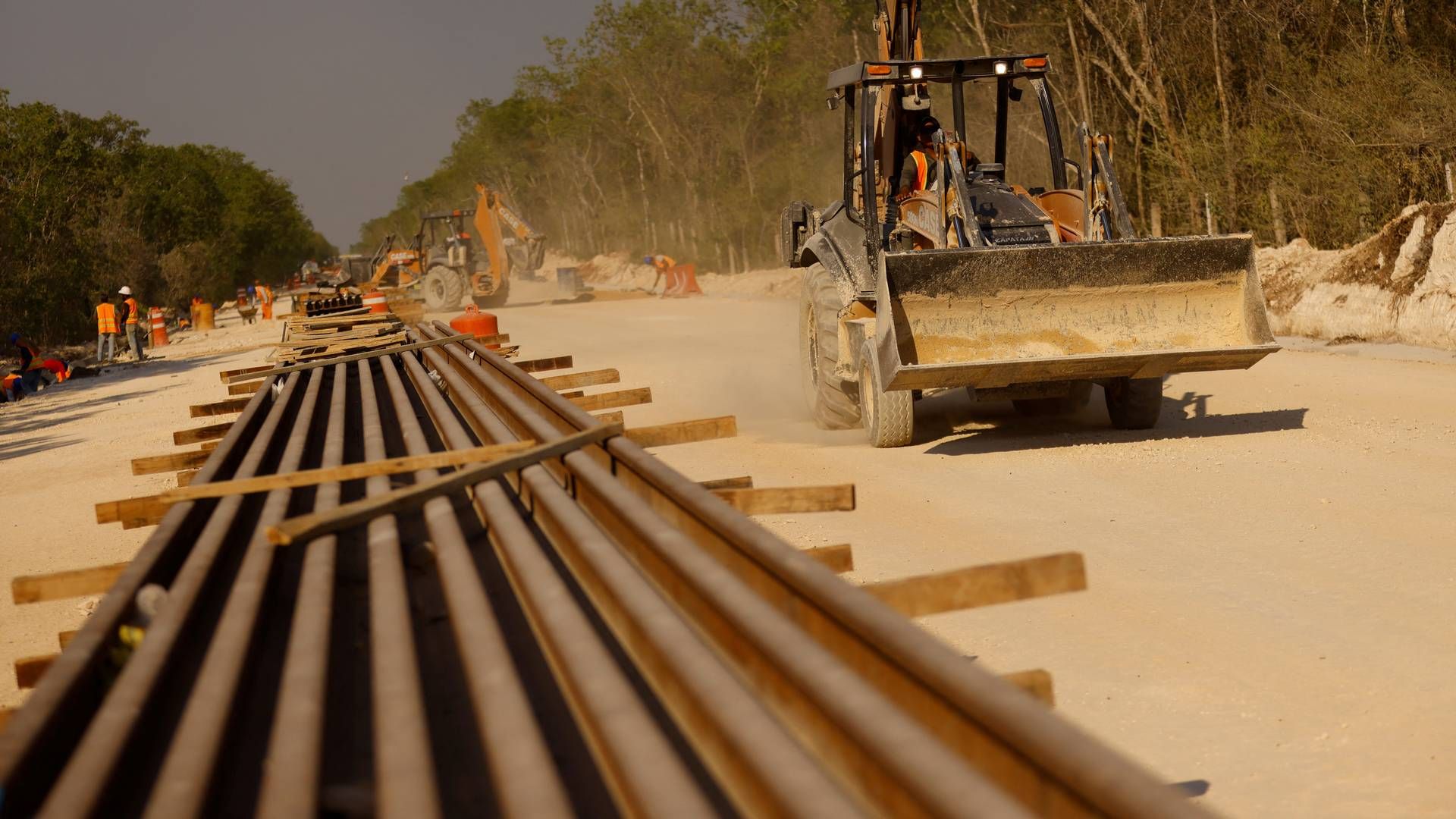
The Mexican government wants to revitalize a railroad that runs across the country from the Gulf of Mexico to the Pacific Ocean, thus competing directly with the Panama Canal.
Traffic on this particular rail line has been in decline for more than a century, but now the Mexican government is looking to capitalize on the low water levels in the Panama Canal due to drought and the desire of multinational corporations to be closer to the US, reports the Financial Times.
According to the newspaper, the upgrade of the rail line is an attempt to attract investment to Mexico’s poorer southern states - and it comes at almost the worst possible time for the Panama Canal.
It has been hit by one of the worst droughts on record. As a result, the canal authorities have had to limit the weight of ships using the canal and reduce the daily number of ships passing through the canal from 36 to 31.
Although the new route could prove to be an important alternative, international shipping companies, cargo groups and port terminal operators have not yet shown interest in the railway. Therefore, according to the industry, the success of the trade corridor depends on the creation of more manufacturing in the south of the country.
”The day that our customers have decided to invest in manufacturing, that would drive demand potentially that could be interesting for us,” says Lars Østergaard Nielsen, head of Americas customer delivery at A. P. Moller - Maersk.
Costly affair
Experts estimate that it could take years to build infrastructure and create the underlying industries to attract enough interest from global logistics players. At the same time, the Mexican government’s plan to unload containers onto trains rather than ships also involves a great deal of time, cost and uncertainty. This can make it difficult to convince the logistics industry.
And so the plan is an expensive affair for Mexico. The upgrade of the interoceanic corridor is estimated to cost USD 2.8bn and includes the purchase of land, machinery and equipment.
The route will stretch between ports in Salina Cruz in Oaxaca state and Coatzacoalcos in Veracruz and industrial parks close to transportation hubs, including airports, located along the route.
The line will open in December and trains have already been on test runs. The route will have a transit time of 6.5 hours excluding loading time. This is less than the eight to 10 hours it takes to cross the 80-kilometer long Panama Canal.
(Translated using DeepL with additional editing by Kristoffer Grønbæk)
Related articles
Panama Canal once again limits the daily number of ships
For subscribers
Panama Canal says traffic woes will last into next year
For subscribers

